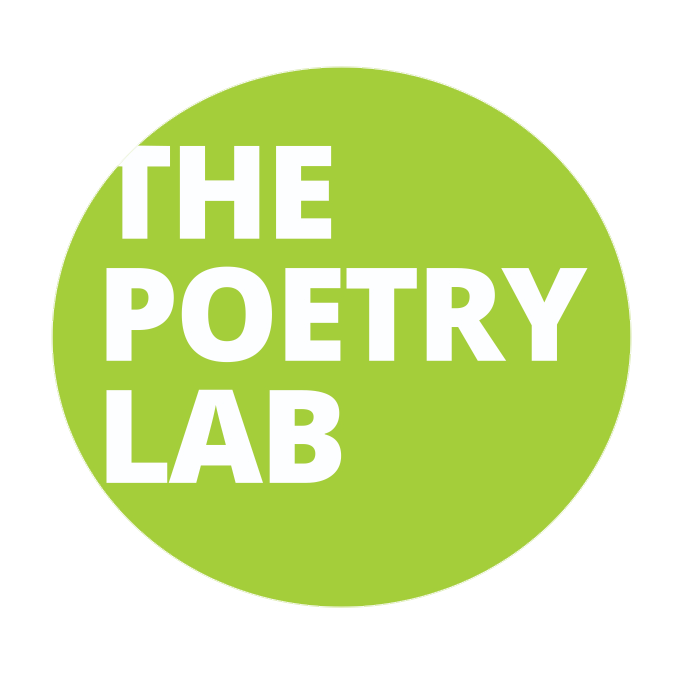
What is Parataxis?
CRAFT LAB
JESSI JARRINGO BACK TO THE RESOURCE CENTER >
The Term
Since poetry is a medium known for its economy of language, it can be helpful to learn literary techniques to incorporate into your poetry writing that are concerned with being concise. Parataxis is one literary technique that has all to do with how clauses are placed together or juxtaposed in writing.
Parataxis can usually be identified by an author’s use of semicolons or commas to fuse together clauses within a poem. Using parataxis, an author will purposefully omit subordinating conjunctions and place phrases beside each other, keeping it so that phrases throughout a piece are equal. No phrase is more important than the other. This is an important way to think about how parataxis can function in your poetry. Parataxis deals with de-hierarchizing the lines in poetry.
Writing paratactically consists of adding onto a thought or sentence and not so much comparing them (like its antagonist hypotaxis.) While hypotaxis is used for more academic writing, spelling out connections/differences, parataxis can help create a more “realistic” feel to your writing, since the phrases’ connections aren't always obvious. Parataxis works mainly with short, simple sentences. It can also help create a choppy feel to a piece and that can lend itself to stream-of-consciousness narratives. Overall, it is a good practice in trusting your reader to make those meaningful connections within your work.
Parataxis also creates a sense of in-the-moment immersion for the readers, as they are thrust into juxtaposed lines that might not appear connected at first. This also encourages readers to “figure it out,” in the sense that they are not given overt clues to a piece’s meaning. Essentially, parataxis adds mystery and brevity to a work.
Literary definition: in Greek, meant “placed side by side”
“Para”: side or near
“Taxis”: arrangement
The Form’s Examples
Read these two excerpts from Gertrude Stein and Ernest Hemingway.
An excerpt from Gertrude Stein’s “Tender Buttons”
A kind in glass and a cousin, a spectacle and nothing strange a single hurt color and an arrangement in a system to pointing. All this and not ordinary, not unordered in not resembling. The difference is spreading.
In this excerpt “A Carafe, That is a Blind Glass” from her seminal poem “Tender Buttons,” Stein uses parataxis throughout. Stein’s writing challenges the meaning of words, and it’s worth noting that her use of parataxis helps her convey this subversive nature through placing seemingly different objects/ideas beside each other.
An excerpt from “A Clean, Well-Lighted Place” by Ernest Hemingway
"Good night," the other said. Turning off the electric light he continued the conversation with himself. It was the light of course but it is necessary that the place be clean and pleasant. You do not want music. Certainly you do not want music. Nor can you stand before a bar with dignity although that is all that is provided for these hours. What did he fear? It was not a fear or dread. It was a nothing that he knew too well. It was all a nothing and a man was a nothing too. It was only that and light was all it needed and a certain cleanness and order. Some lived in it and never felt it but he knew it all was nada y pues nada y nada y pues nada. Our nada who art in nada, nada be thy name thy kingdom nada thy will be nada in nada as it is in nada. Give us this nada our daily nada and nada us our nada as we nada our nadas and nada us not into nada but deliver us from nada; pues nada. Hail nothing full of nothing, nothing is with thee. He smiled and stood before a bar with a shining steam pressure coffee machine.
In this piece, parataxis enforces Hemingway’s seemingly existential tone. Hemingway is known for coining the “iceberg method” (which was highly influenced by Gertrude Stein’s work, but that’s material for another article.) Hemingway’s use of parataxis informs his “surface” storytelling.
An excerpt from my poem “To the Only Swimming Pool I Ever Called My Own”
and do we really own
each other? And if not, tell me how to belong or break
because those are the only two options. And I am so tired of the this floating
latter. If a girl is a name, and the father forgets it, can he still call her his daughter?
In this poem I use parataxis and the repetition of “and” to emphasize the quality of “adding on.” Parataxis helps propel my narrative further, and lends itself to the overall tone of despair of the poem.
Try Using Parataxis in Your Own Poetry
Write a few sentences as if you are writing a letter in address to someone or something that hurt you. Then, chop those sentences up, giving equal emphasis to different fragments.
This article was published on September 21, 2021. Written by:





